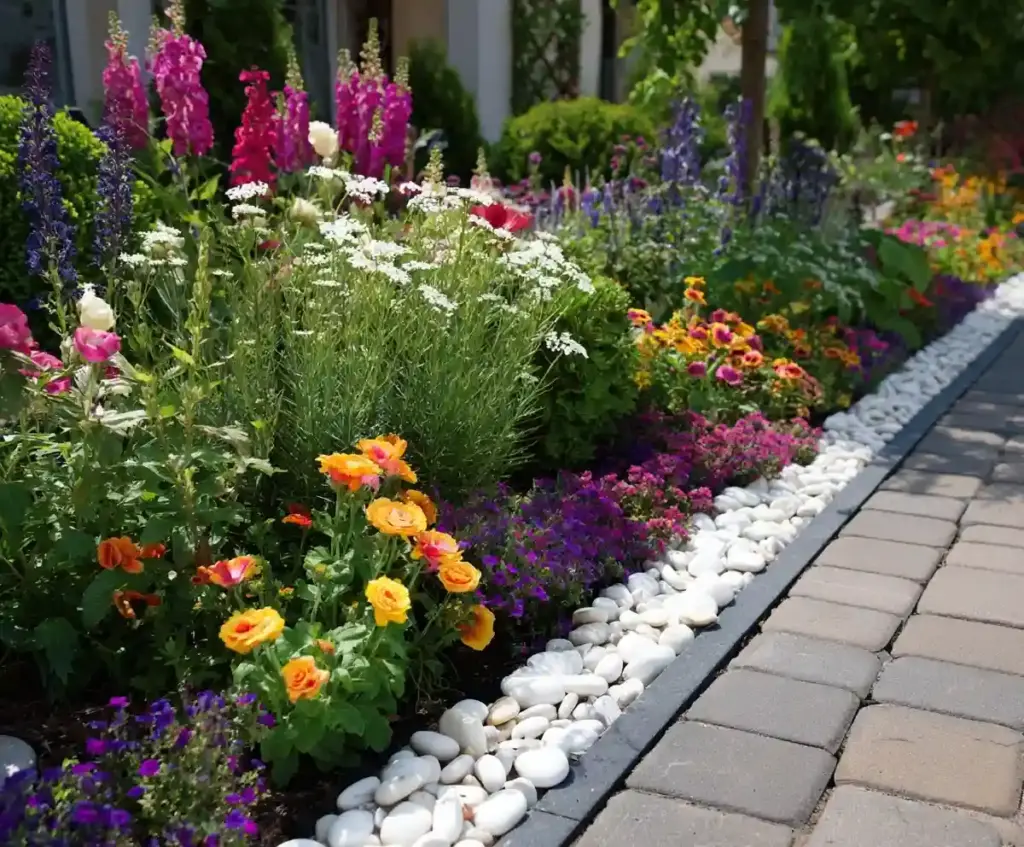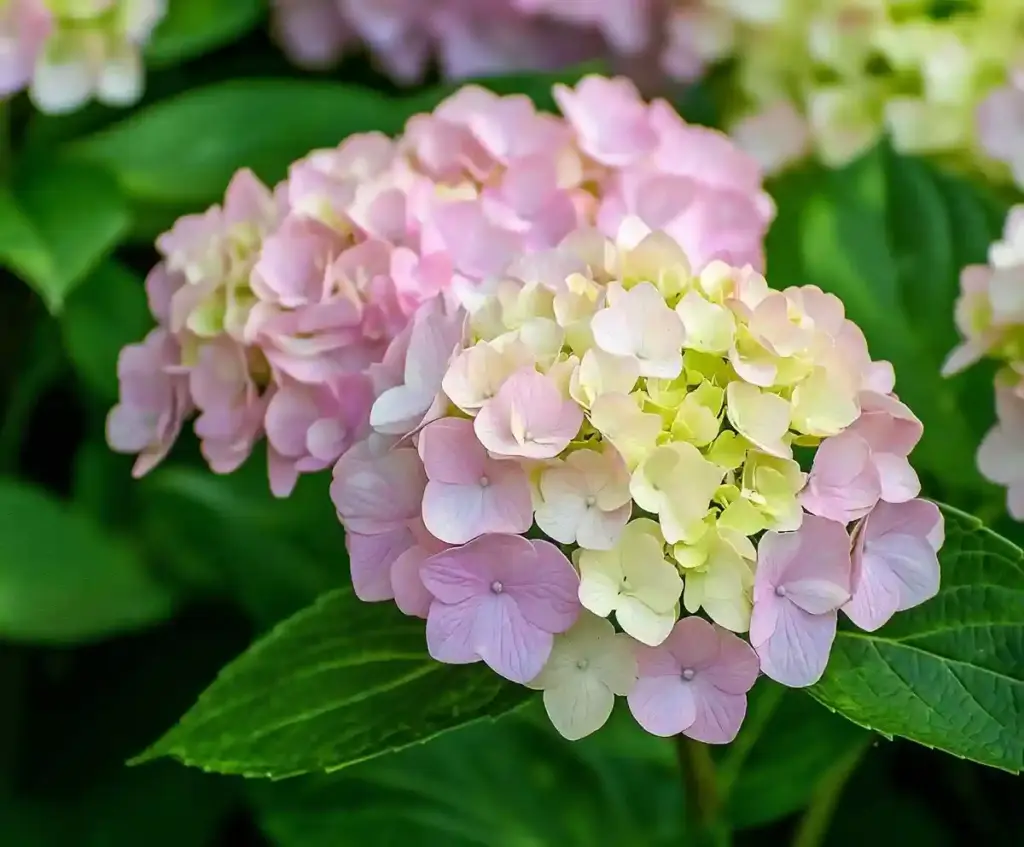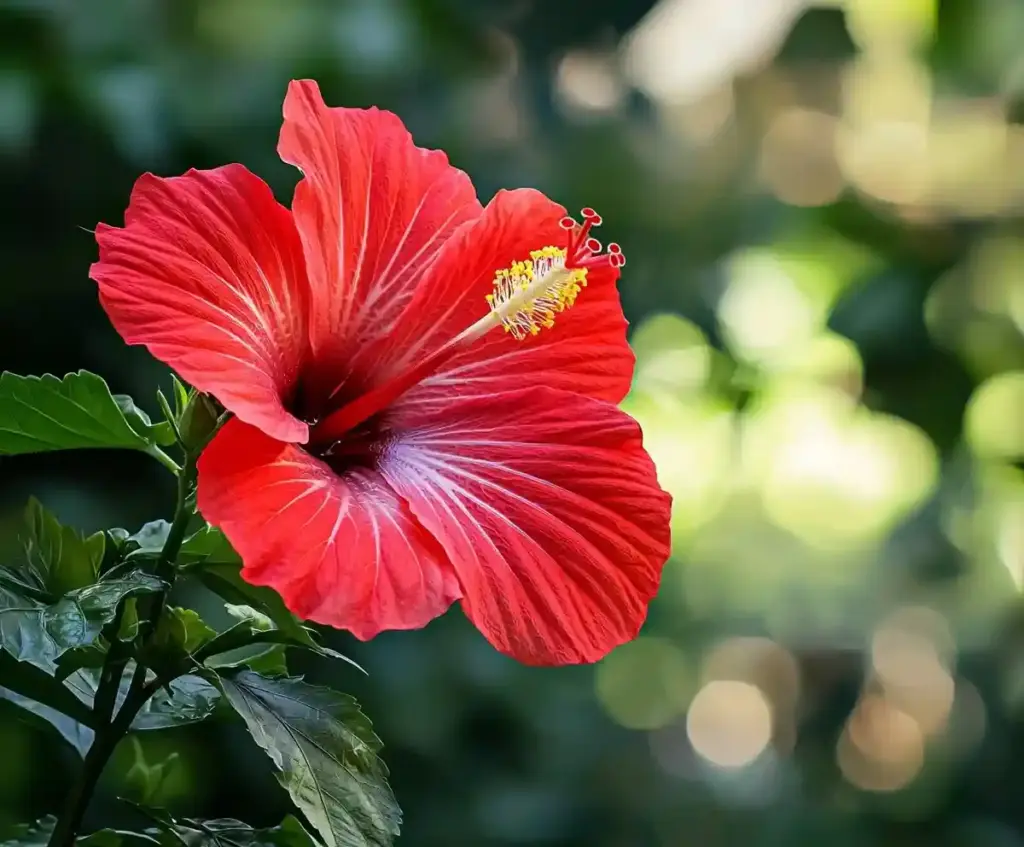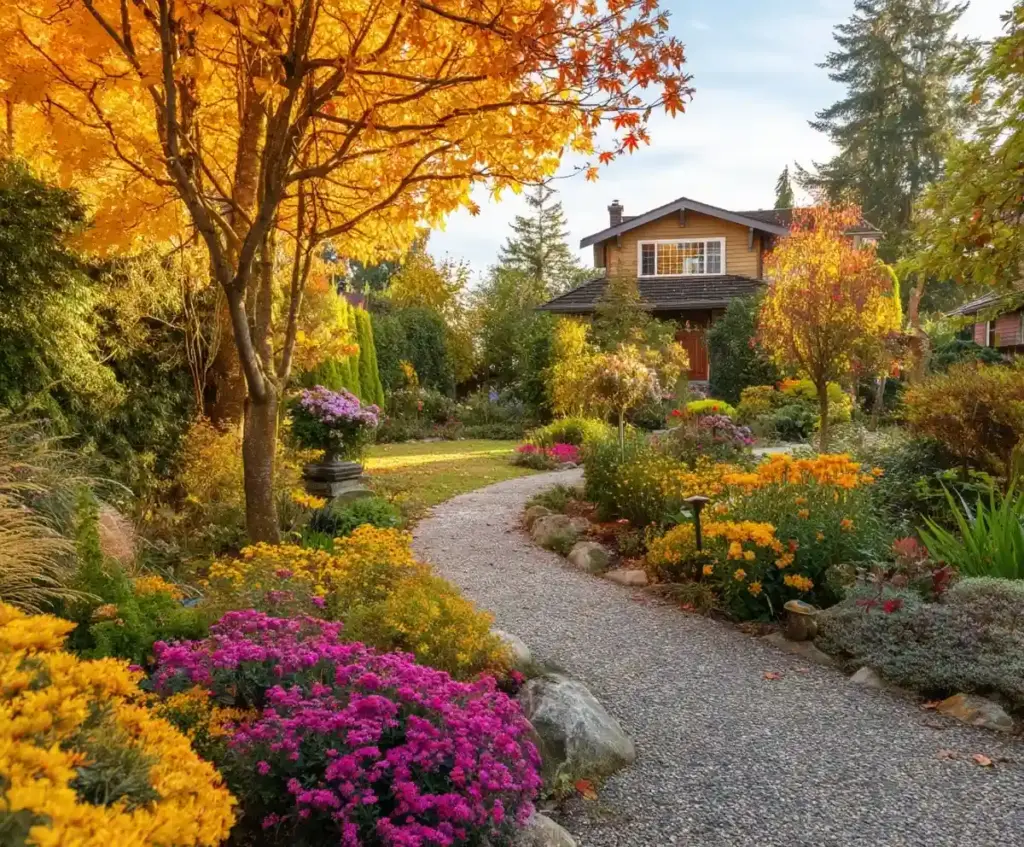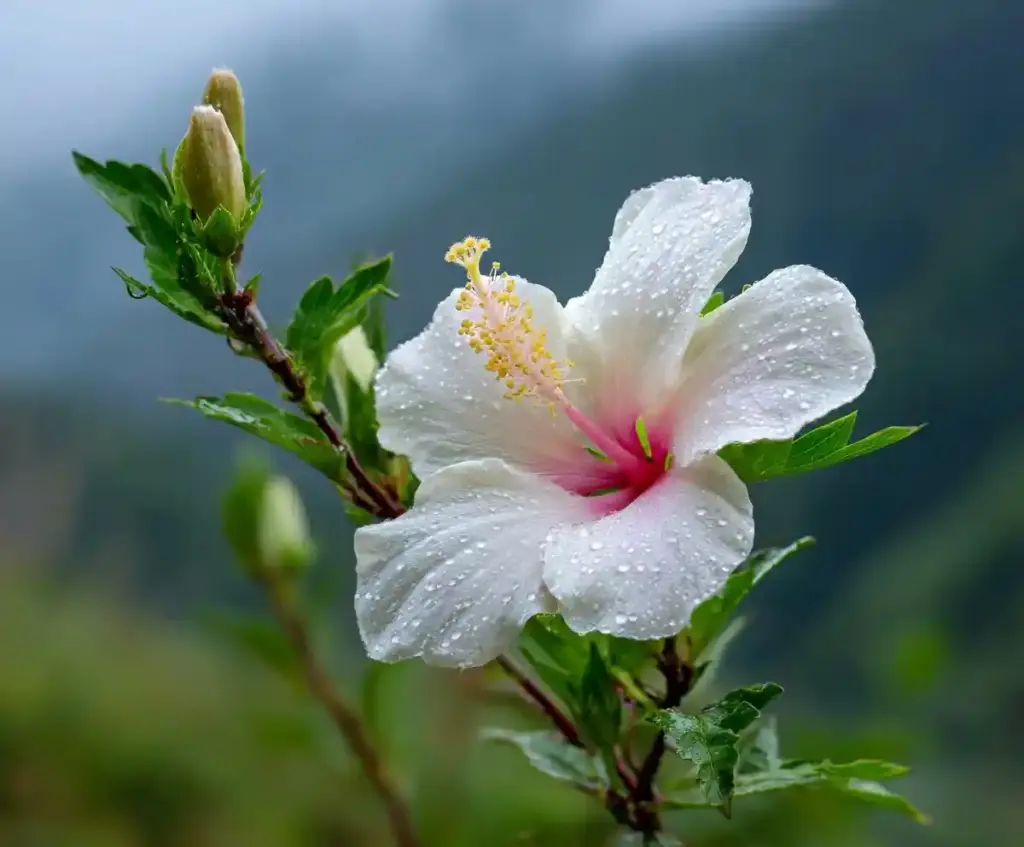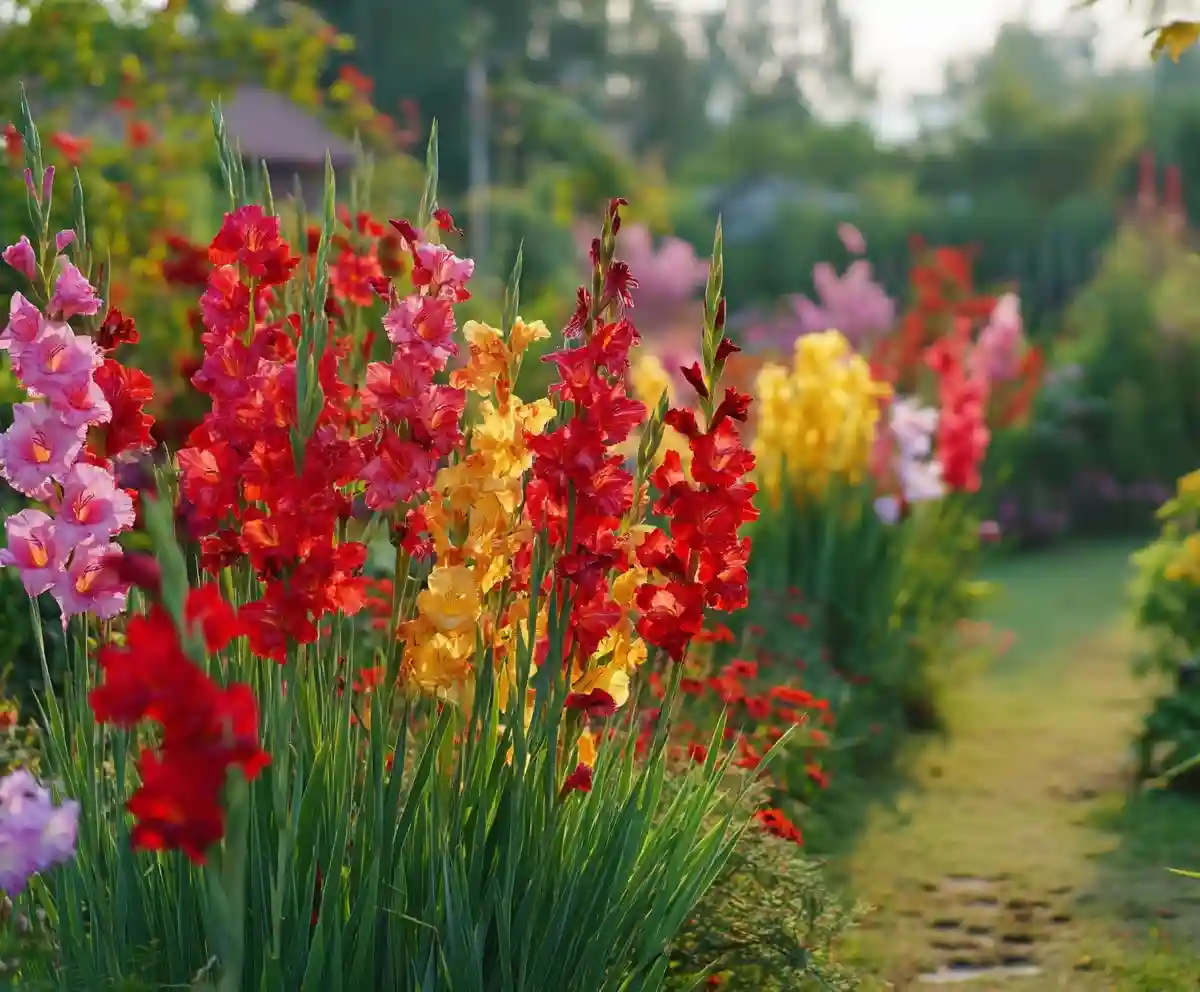Grow gladiolus flowers to bring dramatic height and vibrant color to your summer garden. These elegant blooms, often called “sword lilies,” are known for their tall spikes filled with ruffled blossoms in nearly every color imaginable. Whether planted in garden beds or grown for cutting, gladiolus flowers offer a bold visual impact and a long blooming period.
Despite their exotic appearance, gladiolus are relatively easy to cultivate. With just a little effort to care for gladiolus flowers, gardeners can enjoy a spectacular floral display from midsummer through fall. They thrive in sunny spots, and their corms store enough energy to return each year with the right care. Whether you’re planting in rows, borders, or containers, these flowers are a rewarding addition for both novice and seasoned gardeners.
Table of Contents
Plant Care
Once you plant gladiolus in spring, they require only moderate upkeep. These flowers grow from corms, not bulbs, and they perform best when the soil stays evenly moist but never waterlogged. Overwatering can lead to rot, especially during early growth. Regular watering during dry spells will help keep blooms vibrant and tall.
Apply mulch around the base of the plants to retain moisture and suppress weeds. As they grow, some taller varieties may need light staking to support their height and prevent bending in strong winds.
When cutting flowers for arrangements, wait until the lower buds on a spike begin to open. Always leave at least four healthy leaves behind—this allows the corm to continue storing energy for the next growing season.
In zones 7 and warmer, you can leave the corms in the ground year-round. However, in colder climates, dig them up in the fall and store them indoors to ensure they’ll bloom again next season.
Best Growing Conditions for Gladiolus
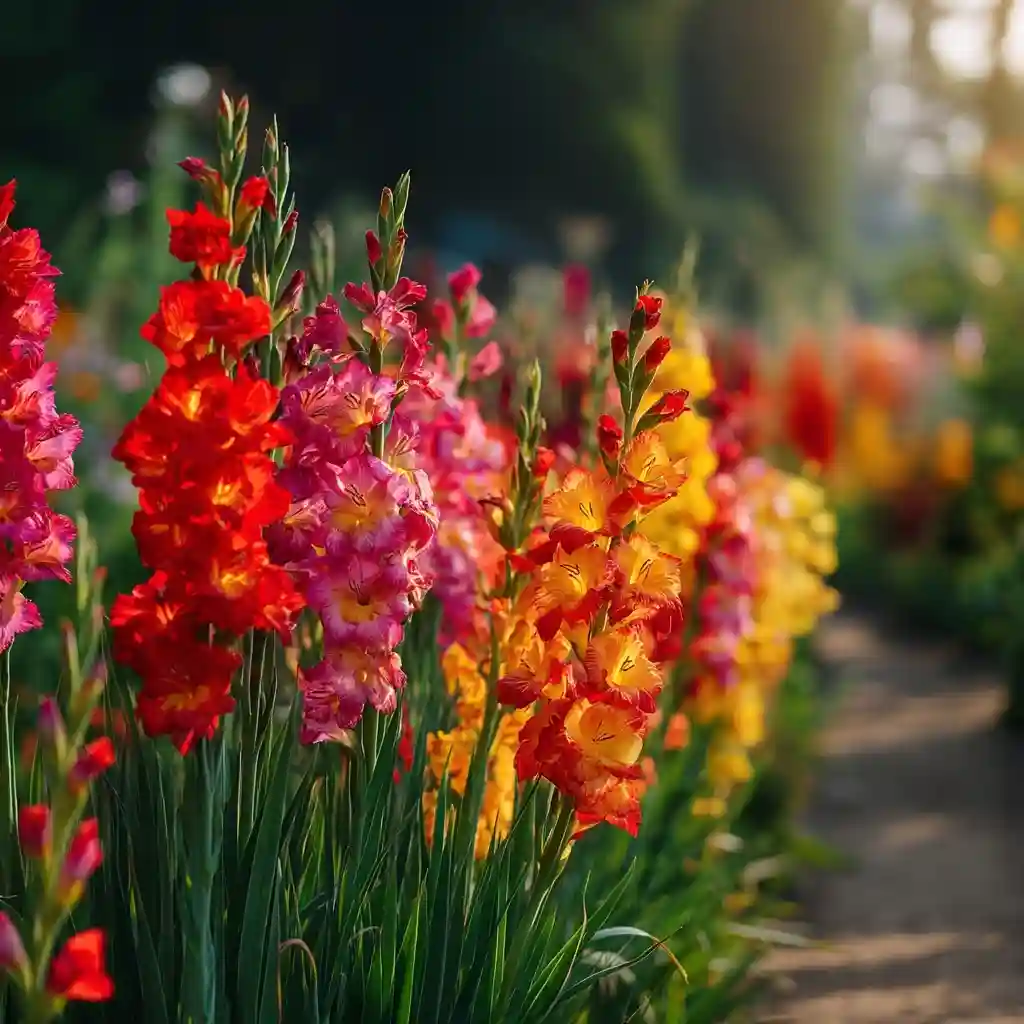
To grow gladiolus flowers successfully, start by selecting a site with full sun exposure—at least six to eight hours daily. Gladiolus thrive in bright light, which helps them produce their boldest and most abundant blooms.
Well-drained, sandy loam soil is ideal. If your soil is heavy or clay-based, amend it with compost or organic matter to improve drainage and fertility. Gladiolus prefer slightly acidic to neutral pH levels between 6.0 and 6.5.
When planting, space the corms about 6 to 10 inches apart and 2 to 6 inches deep, depending on size—the larger the corm, the deeper it should be planted. For a striking display, plant them in groups of 7 to 10 rather than single rows.
You can start planting outdoors about two weeks before the last expected frost in spring. To extend the blooming season into early fall, stagger your plantings by adding new corms every two weeks through midsummer.
Types of Gladiolus
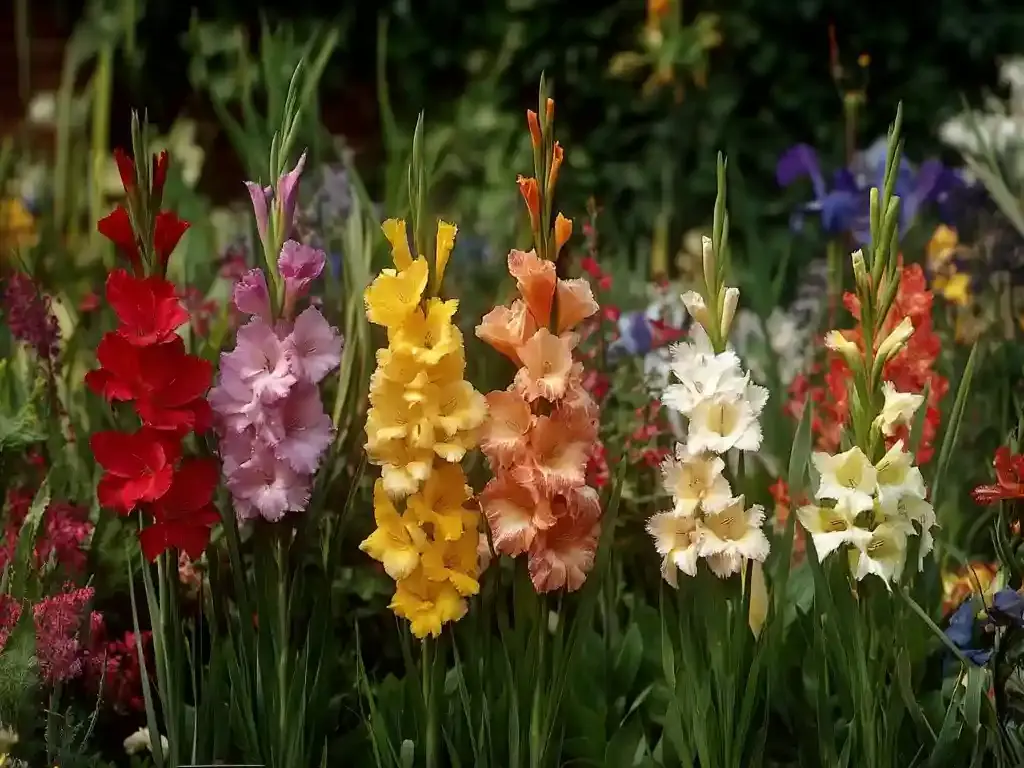
When planning to grow gladiolus flowers, choosing the right type for your garden space and climate can make all the difference. There are three main types, each offering unique features in size, hardiness, and bloom style.
Grandiflora Hybrids
These are the classic gladiolus varieties known for their tall spikes and large, dramatic blooms—some measuring up to five inches across. Reaching heights of up to four feet, Grandiflora hybrids often need staking to prevent flopping, especially in windy areas.
Dwarf Grandiflora Hybrids
Perfect for containers or smaller gardens, these compact varieties offer the same vibrant flowers on shorter stalks. They typically grow around two feet tall and are well-suited for zones 7 and above.
Nanus Hybrids
For cooler climates, Nanus hybrids are a reliable choice. These hardy gladiolus types can survive winters in USDA zone 5 and above. Though they produce fewer blooms per stalk, they’re long-lasting and colorful—ideal for gardeners looking for low-maintenance, cold-tolerant options.
Mixing these types in your garden bed ensures a layered, prolonged display of color throughout the season.
How to Propagate Gladiolus
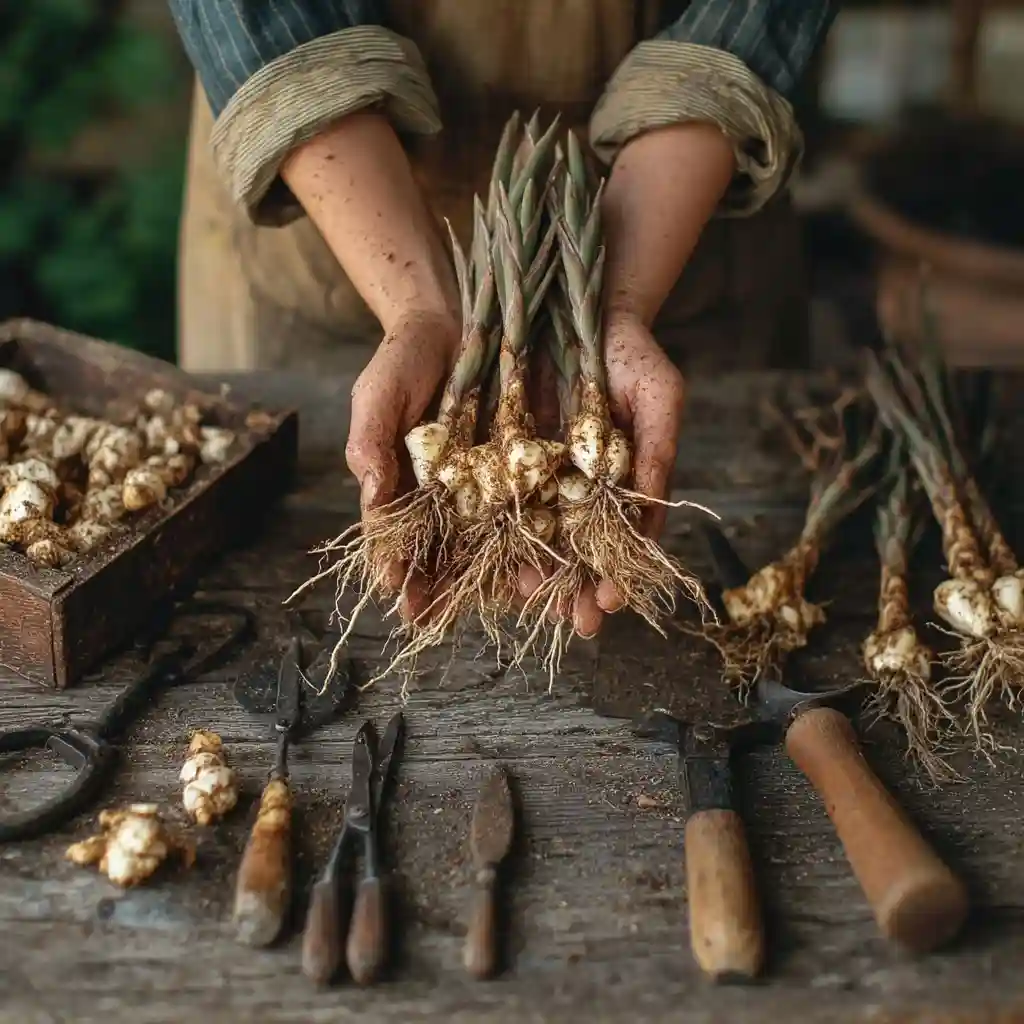
If you’re looking to expand your collection or share with fellow gardeners, it’s easy to care for gladiolus flowers by propagating them through their corms. As the plants mature, they produce small offshoots called cormels, which can grow into full flowering plants within a few seasons.
Step-by-Step Propagation:
- Wait Until Fall:
Once the foliage begins to die back, it’s time to dig up the corms—ideally before the first hard frost. - Dig Carefully:
Use a garden fork or shovel to gently lift the plant, avoiding damage to the main corm and the cormels clustered around its base. - Clean and Dry:
Shake off excess soil (don’t wash them). Cut the foliage down to about an inch above the corm. Let everything dry in a warm, airy location for two to three weeks. - Separate and Store:
Detach the old, spent corm at the bottom—it won’t bloom again. Save the new, larger corm and any healthy cormels. Dust with a bulb-safe fungicide if storing long term. - Label and Store:
Keep corms and cormels in a paper or mesh bag in a cool, dry place—above freezing. Come spring, you can replant both. Cormels usually take two to three years to bloom but are well worth the wait.
With a little patience, you can naturally multiply your gladiolus garden year after year.
Common Problems With Gladiolus
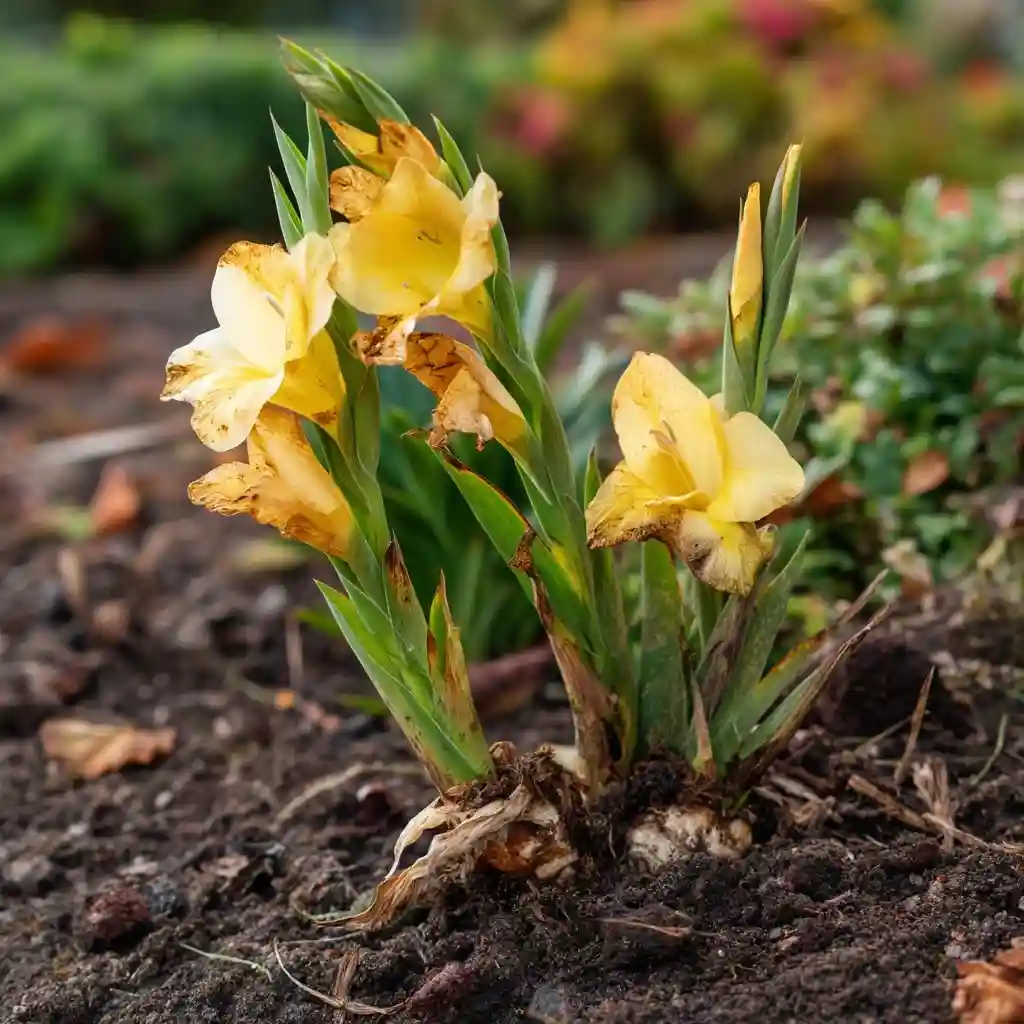
Even with the best intentions, gardeners may encounter issues when trying to grow gladiolus flowers. Fortunately, most problems are preventable with a little attention to planting conditions and care habits.
1. Corm Rot
Poor drainage is the number one cause of rotting corms. Gladiolus dislike soggy soil—excess moisture can lead to fungal diseases or soft rot. Always plant in well-draining soil and avoid overwatering, especially in cooler months.
2. Pest Damage
Rodents like voles or squirrels may dig up and eat the corms, particularly in fall or early spring. Thrips—tiny sucking insects—are also common gladiolus pests. They feed on buds and leaves, causing distorted blooms or brown streaks. Use neem oil or insecticidal soap if infestation is spotted.
3. Winter Die-Off
In USDA zones 6 and colder, gladiolus corms cannot overwinter in the ground. If left unprotected, they’ll likely rot or freeze. Always lift and store them indoors in a dry, cool place before hard frost sets in.
4. Weak Blooming
If your gladiolus isn’t flowering well, it could be due to overcrowded planting, depleted soil, or lack of sunlight. Dig and divide every few years, feed the soil with compost, and ensure plants receive enough direct sun.
By paying attention to these factors, you’ll be far more likely to care for gladiolus flowers that thrive and bloom year after year.
Conclusion
When you grow gladiolus flowers, you’re adding more than just beauty to your garden—you’re planting a summer tradition that delivers vivid color, height, and elegance. With a bit of sun, well-drained soil, and seasonal care, gladiolus are surprisingly easy to maintain. Whether you’re enjoying them in a flower bed or cutting fresh stems for a vase, they reward your attention with weeks of brilliant blooms.
Remember, to care for gladiolus flowers successfully, store corms in colder climates, water wisely, and divide regularly to keep plants healthy. Once you master their rhythm, gladiolus become one of the most gratifying flowers to grow.
FAQs
Can gladiolus be grown in containers?
Yes, dwarf and compact varieties thrive in pots. Just ensure good drainage and a sunny location.
How often should I water gladiolus?
Water deeply once or twice a week during dry spells. Keep soil moist during active growth, then taper off as blooms fade.
Do gladiolus come back every year?
In zones 7 and warmer, they often return if left in the ground. In colder areas, lift and store corms for winter.
Can I leave gladiolus in the ground over winter?
Only in mild climates (zone 7+). Elsewhere, dig up corms and store them in a cool, dry space.
🌿 Love gardening inspiration? Follow me on Pinterest for bold plant ideas, tips, and seasonal color!
More Posts
